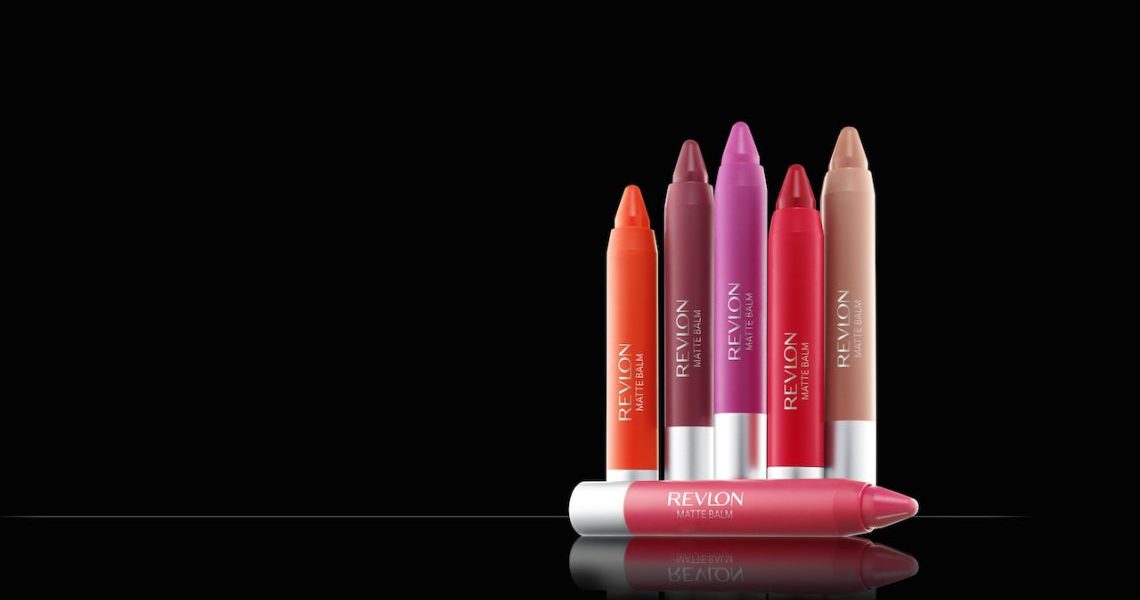Revlon Inc. filed for voluntary Chapter 11 bankruptcy on Thursday, after facing a burdensome $3.7 billion in debt alongside supply chain constraints and inflation.
Rumors of an impending bankruptcy began to float in early June as the cosmetics giant began talks with lenders ahead of a Sept. 2023 loan payment. Revlon narrowly escaped bankruptcy in 2020 when it faced another debt maturity during the cosmetics downturn. Debt talks for the Sept. 2023 loan are in their early stages, as the company has not shared its plan of action for restructuring its debts, including whether it will sell any assets or if billionaire Ron Perelman will reduce his majority ownership.
According to a Revlon statement on the bankruptcy, the company expects to receive $575 million in debtor-in-possession financing from its existing lender base which will aid in providing enough money to support day-to-day operations.
“Today’s filing will allow Revlon to offer our consumers the iconic products we have delivered for decades while providing a clearer path for our future growth,” said Debra Perelman, president and CEO of Revlon. “Consumer demand for our products remains strong; people love our brands, and we continue to have a healthy market position. But our challenging capital structure has limited our ability to navigate macro-economic issues in order to meet this demand. By addressing these complex legacy debt constraints, we expect to be able to simplify our capital structure and significantly reduce our debt, enabling us to unlock the full potential of our globally recognized brands.”
David Tawil, president of Maglan Capital, a hedge fund that specializes in bankruptcy and restructuring, said he was unsurprised by the bankruptcy outcome. But he is surprised that talks are in their early stages, given the headlines surrounding the business and its debts.
“Since this has been a slow-moving train wreck, it seems to me this [bankruptcy] has been planned. Therefore, there should be a very well laid out plan of what the path forward [to get out of] bankruptcy looks like,” Tawil said. “Since there was no detail [shared publicly] about the restructure, then it sounds to me like this could be a messy situation because there’s no agreement between stakeholders.”
The bankruptcy is an outcome of financial burdens and operational missteps that have brewed for years. For example, Revlon’s $1.034 billion acquisition of Elizabeth Arden in 2016 was financed largely with loans that grew to $3 billion, according to The New York Times. Ron Perelman acquired Revlon for $2.7 billion in 1985. He owns 85% of the business through MacAndrews & Forbes, a holding company.
Ad position: web_incontent_pos1
The Sept. 2023 loan is held by a group of lenders that were accidentally paid off by the loan’s agent bank, Citigroup Inc., but who then gave the money back at the bank’s request. The others kept roughly $500 million of the mistaken payment and remain locked in litigation with Citigroup in an appeal process.
Maturities on the rest of the company’s $3.3 billion in debt are arriving quickly. About half of Revlon’s debt is due by 2024, and it has a 2025 due date on a $1.7 billion loan that would accelerate to 2024 if the company is unable to repay a bond due that same year.
Unlike other struggling beauty businesses, namely Coty Inc., Revlon has not made efforts in the recent years to spin off or sell brands nor acquire buzzy digitally-native ones. In Aug. 2019, the company hired Goldman Sachs to explore strategic options like a sale, but a deal never came to fruition. According to the first quarter 2022 earnings release from May, the Revlon makeup and hair brands earned $182.1 million in the first quarter, a 12.4% increase year-over-year. Overall, Revlon Inc. net sales were $479.6 million in the first quarter of 2022, an increase of 7.8% year-over-year.
Instead, Revlon has repeatedly stated how global supply chain constraints have materially impacted the business. According to Panjiva shipping data, Revlon’s U.S. imports between Jan. 2020 and Feb. 28, 2022 significantly declined, but the business was working to improve its situation.
“This is the strongest first-quarter adjusted EBITDA that Revlon has posted in the last six years. While consumer demand for Revlon’s products remained strong throughout the quarter, supply chain challenges are putting pressures on our ability to meet this demand,” said Perelman during the recent earnings call. “Additionally, we are faced with rising costs due to global inflation putting pressures both on consumers’ wallets as well as on our margins.”




